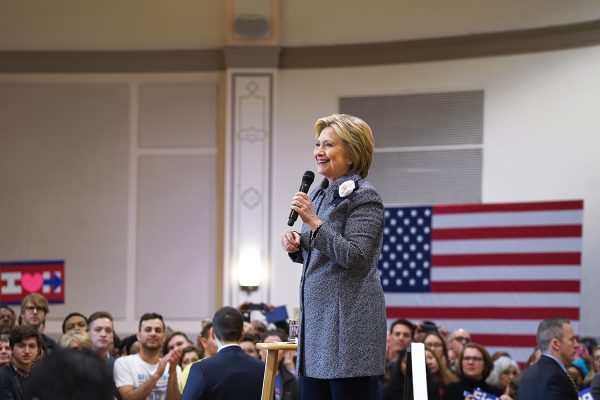
Since last year’s presidential election, the American left has been calling on Democrats to adopt a program of economic populism in order to lure back working-class voters.
This would be a mistake.
A lurch to the left may not bring back working-class whites but would disappoint middle-class voters who have been joining the Democratic Party in far greater numbers.
Demographic shifts
Working-class defections in the Rust Belt did make the difference in November. But that wasn’t the only story of the election.
Hillary Clinton did better than Barack Obama in the once deep-red Sun Belt states of Arizona, Georgia and Virginia.
She underperformed in Florida and North Carolina, which cost her the election. Those two states alone would have made up for losing Michigan, Ohio, Pennsylvania and Wisconsin to Donald Trump.
Clinton did expand the Democratic coalition into the middle class. Voters with a college, but not a postgraduate, degree split their support 50-50 between Obama and Mitt Romney in 2012. Clinton bested Trump by 14 points among the same demographic.
These voters may be more conservative than the average Democrat, but they aren’t all fanatical about culture-war issues. They aren’t poor, but they aren’t rich either. They mistrust Democratic spending promises but would be helped by center-left reforms in higher education and health care.
The interests and views of the middle class are closer to those of big-city liberals than to the coalition of the left-behind Trump has gathered.
For blue-collar voters, by contrast, it makes sense to support a party that is socially conservative and economically interventionist — and that is what Trump is turning his into.
The Trump effect
Working-class voters have been drifting to the right for years. Research suggests they are motivated more by cultural than economic anxieties. Why should Democrats spend their time and effort trying to convince them to come back when we have no reason to expect they would and every reason to expect Trump’s four years will convince more moderates in the middle to switch?
Republicans’ alternative to Obamacare, which would have literally — and incredibly — taken money from the poor to give the rich a tax break, wasn’t very popular in Middle America.
Nor would a tax reform along those lines be.
Nor is Trump’s decision to deport hundreds of thousands of undocumented immigrants who were brought to the United States as children.
Nor is his mistreatment of America’s democratic allies and curious refusal to recognize, much less condemn, Russia’s interference in the 2016 election.
Electoral math
This is not an argument for complacency. Democrats still need to mobilize minorities, millennials and urban elites in next year’s congressional elections and convince more wavering middle-income Americans to switch parties.
Even with Trump’s popularity at 37 percent and Congress’ approval rating at 16 percent, a combination of gerrymandering, party loyalty and the geographical maldistribution of Democratic voters may allow Republicans to keep control of at least one chamber in 2018.
Democrats do have an advantage: college graduates are more likely to turn out in midterm elections than low-income voters. Galvanize the former and their chances of victory improve.
Things should look even better in 2020, when the census taken that year will shift power in the Electoral College from the Rust Belt to the Sun Belt states.
2016 may have been the last hurrah of the American working class. Democrats shouldn’t try to win yesterday’s war. Look to the future — and the center.
